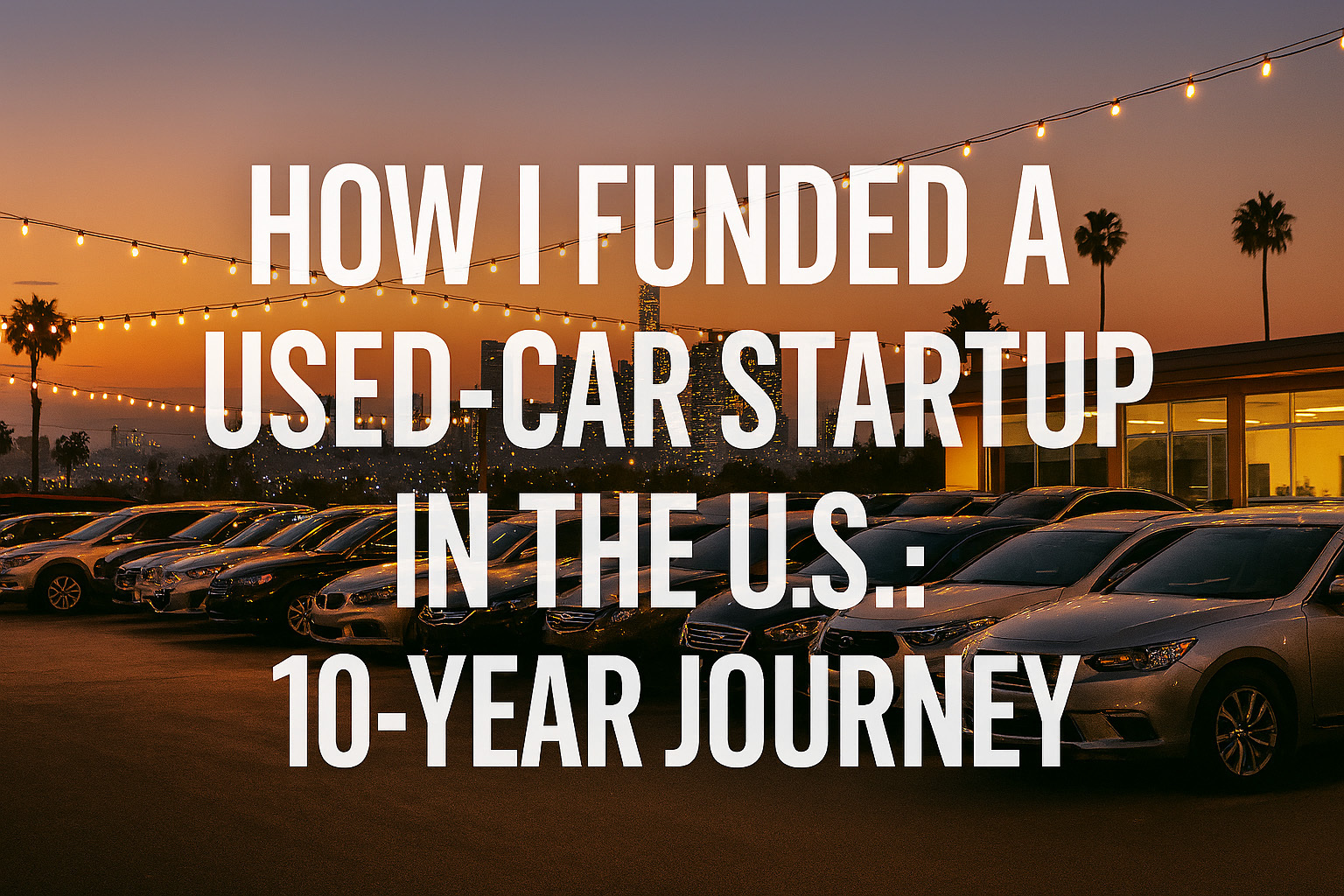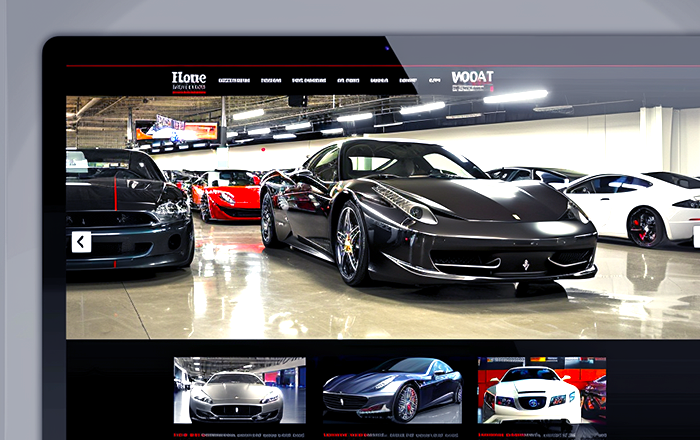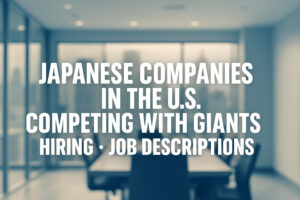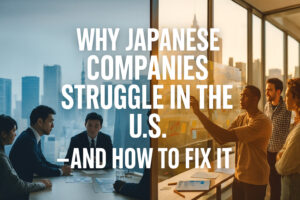How I Funded a Used-Car Startup in the U.S.: 10-Year Journey

Sharing My Experiences of Starting a Business in the United States
Hello, I’m Suzuki, founder of Eco Drive.
Today, drawing on ten years of running a business in the U.S., I’d like to talk about what I’ve actually gone through.
Looking back, it felt like one challenge after another, but each experience has shaped who I am and continues to help me today.
I hope you’ll enjoy reading along.
A Real-World Challenge Many People Face: Securing Funding
When I first decided to launch my own business, the biggest hurdle I encountered was how hard it is to raise capital.
The barrier to obtaining a bank loan is higher than you might expect.
I’ll discuss the importance of cash flow next, but I believe this is one of the main obstacles many entrepreneurs encounter when starting a business in the United States.
Product Nature: Used-Car Sales
My business revolves around selling used cars, and sourcing high-quality vehicles at the right price was essential.
Accurately grasping market needs and providing cars that meet the quality customers expect are indispensable for growing the business.
And to keep a business like this running, you always have to stay on top of cash flow.
In product-based ventures especially, you need capital before you can purchase inventory. Neglecting this point will quickly cause the business to stall.
When I started the used-car business on my own, I set aside an initial investment of $30,000 (roughly ¥3 million at about ¥100 to the dollar back then).
With that capital I bought three cars and got today’s business underway.
Starting with ¥3 Million of My Own Money and Three Priuses

With that $30,000, I purchased three Priuses and launched the business as a Prius-only dealership.
At the exchange rate then—about ¥100 to the dollar—that came to roughly ¥3 million total. Each car cost around ¥700,000, so securing my initial inventory set me back some ¥2.1 million, leaving only about ¥900,000 in cash.
Looking back, it was quite a high-risk gamble.
To make matters more challenging, my child had just been born, so I also had a family to support.
I found myself facing a double challenge: covering living expenses while trying to grow the business.
Buy, Sell, Repeat—Easier Said Than Done
In the used-car business I started, it’s a continuous cycle of “sell, then buy; sell, then buy,” but in reality it’s anything but simple.
Especially in this line of work, customers often take time to complete their payments—yet, in the meantime, new orders can come in from other clients.
If you don’t have cash on hand, you can’t purchase fresh inventory, and you miss business opportunities.
You need to maintain your margin while keeping vehicles in stock, but cars are expensive, so cash isn’t always immediately available.
A new customer may place an order, but without the funds in the bank you can’t buy the car—making you acutely aware of how critical cash flow is.
Even so, I was able to keep the business going thanks to support from the local community.
By that point I’d lived in the United States for ten years and had built a large network of friends. Many of them cheered on my new venture, and with their support my business began to grow, little by little.
Securing Bank Financing Really Is Tough
In my second year of business, faced with these sourcing challenges, I approached a bank for a loan to expand.
It turned out to be quite an ordeal. The bank wanted three years of financial statements—something a young business simply doesn’t have.
When the bank loan fell through, I turned to Google to explore alternative funding options.
Fortunately, my credit history was solid, so I was able to borrow from another financial institution, but the interest rate was far higher than I’d expected—10 percent on paper.
Once fees were added, the effective rate climbed to 15–18 percent.
I suspect those lenders set such high rates precisely because they know entrepreneurs shut out by the banks have few other options.
The Cash-Flow Strain That Remains Even After Securing Funds
Even though I obtained financing, the buy-and-sell cycle of a used-car business is complex: the time it takes for customers to complete payment, pressure from competitors, and market fluctuations all add layers of uncertainty.
Cars also depreciate quickly, so the longer inventory sits, the greater the risk.
Because interest accrues the entire time, I was sometimes forced to make tough calls—selling to the customer in front of me as quickly as possible, even if it meant setting aside profit considerations.
Textbook Theories Don’t Always Apply in Used-Car Sales

Business books often tell you, “Aim for a profit margin of 20 percent or more!”
While achieving those numbers is ideal, the reality on the ground rarely allows for such neat targets.
Hitting the “right” figures matters, but timing, luck, and other factors play an even bigger role.
Whether you can source a car that perfectly matches a customer’s request is largely a matter of luck.
Even if you manage to acquire the right vehicle at the right time, interest begins accruing the moment you hold it in inventory—so some cars ended up being sold with no profit at all.
Still, the relationships built from those sales mean some clients continue to use our maintenance services to this day, fostering long-term connections.
All of this shows that factors beyond the numbers are just as crucial to running a successful business.
Three Years Later, We Finally Qualified for a Bank Loan
Three years after launching the business, we were at last able to secure financing from a bank—this was about seven years ago.
Even then, the major banks turned us down, so we borrowed from a smaller regional bank instead.
We got this opportunity thanks to an introduction from an acquaintance—good fortune that opened the door to funding.
In the end, we successfully borrowed $50,000 (about ¥5 million at the exchange rate back then).
Still High U.S. Interest Rates—Even Bank Loans Come at 6%
Although we finally managed to secure financing from an American bank, I found U.S. loan interest rates to be noticeably higher than those in Japan.
At the time, we borrowed at 6% interest—quite a burden compared with, say, Japan’s Japan Finance Corporation rates.
Even so, this loan became a solid stepping-stone for the future growth of the business.
Afterward, we built a track record with the bank and succeeded in obtaining larger loans.
Today, we are able to borrow the equivalent of roughly ¥200 million.
I think this clearly shows just how crucial credit is when doing business in the United States.
In Conclusion
What I’ve learned from this journey is that when you start a business in the United States, having great skills or ideas isn’t enough—building solid relationships with financial institutions is just as important.
As entrepreneurs, we also need the flexibility to keep exploring alternative options instead of giving up when we’re turned down.
I hope my story offers even a small hint of guidance to anyone aiming to start a business in the U.S.
Doing business here is far from easy, but with the right preparation and strategy, you can greatly improve your chances of success.
This has been Suzuki from Eco Drive—thanks for reading.
Our Services
We offer comprehensive automotive solutions—buy, sell, rent, and repair in one place.
Car Sales
Browse our lineup of quality used cars with transparent pricing and up to a two-year warranty on select models.
View InventoryAuto Repair
Get expert service from our certified Toyota Master Mechanic. We primarily service Toyota vehicles.
Schedule ServiceTrade-in / Sell
We pay top dollar for your vehicle—especially hybrids. Count on fair, transparent appraisals.
Get EstimateCar Rentals
Choose between fuel-saving hybrid rentals and a Tesla with Full Self-Driving Capability—both at competitive rates.
Reserve Now





